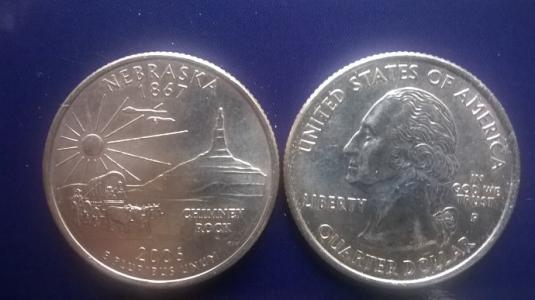
A waterproof keyboard printed on paper
Advertisement
Scientists have developed a new printing process that turns almost any paper or cardboard into a waterproof keyboard. You can fold it up and put it in your pocket and use it without electricity.
The technology uses a special coating which is liquid-proof and dust-resistant, allowing multiple circuit layers to be printed on paper without any smudges between them.
Then, on the other side of the paper or cardboard, it uses standard ink printing to indicate the pressure point (button). The circuit layer can meet the needs of any general keyboard, from the numeric keypad to volume control.

A printed paper keyboard requires no electricity. On the surface the devices called tribological nanogenerators or TENG can be fully powered by the touch of a finger.
Ramses Martinez, a biomedical engineer at Purdue University said, “This is the first self-powered electronic device that is entirely paper-based. We have developed a method to coat paper with highly fluorinated molecules to make it waterproof, oil-resistant, and dust-resistant. This oleophobic coating allows us to print multiple layers of circuits on paper without causing ink stains and ruining the circuits.”
Advertisement
When the printed parts of the paper are pressed down, they can transmit signals via Bluetooth to other devices, such as laptops. Then we have a light, foldable keyboard that can be placed anywhere and easily cleaned when necessary.
The technology is useful: the scale can be expanded easily using existing production processes, and it is environment friendly (paper can be recycled easily), flexible -- waterproof and fully customized.
Production costs are also cheap, less than 0.25 per unit, the researchers said. Potential utilities include intelligent packaging or occasions that require temporary input.
The research has been published in the journal “Nano Energy”.
Advertisement
- Previous article
- Is coffee good or bad for your health
- Next article
- A Game Boy that can be played forever without charging
Advertisement
OTHER NEWS

The largest mammoth fossil has been discovered in Mexico
BY Sandra

How to use the Force of Nothingness in Space to Manipulate Objects
BY Paula

What did creatures breathe before there is the oxygen on earth?
BY Alice

Does Water Boiled in Microwave Tastes Different?
BY Jean

The Nationwide Shortage of Coins is the Latest Consequence of the COVID-19 Pandemic in the United States
BY Ashley

How to Upgrade Blued in Latin America
BY Christine
RECENT NEWS
-

PUBG Mobile Esports Generated 200 Million Hours of Viewing in 2020
-

Mario Kart Tour Races to $200M revenue and 200M Downloads
-

Game Acquisitions Expand Globally in Q1 2021 with 280 Deals Worth $39 Billion Surpassing That in 2020
-

Free Fire Shows Strong Momentum, with Its Revenue Overtaking PUBG Mobile in a Single Market for Q1 2021
-

The Games Fund Launched a $50 Million Early Investment Fund to Invest in American and European Companies
-

How to Download and Install Wyze App for Free?
 1
1 1
1